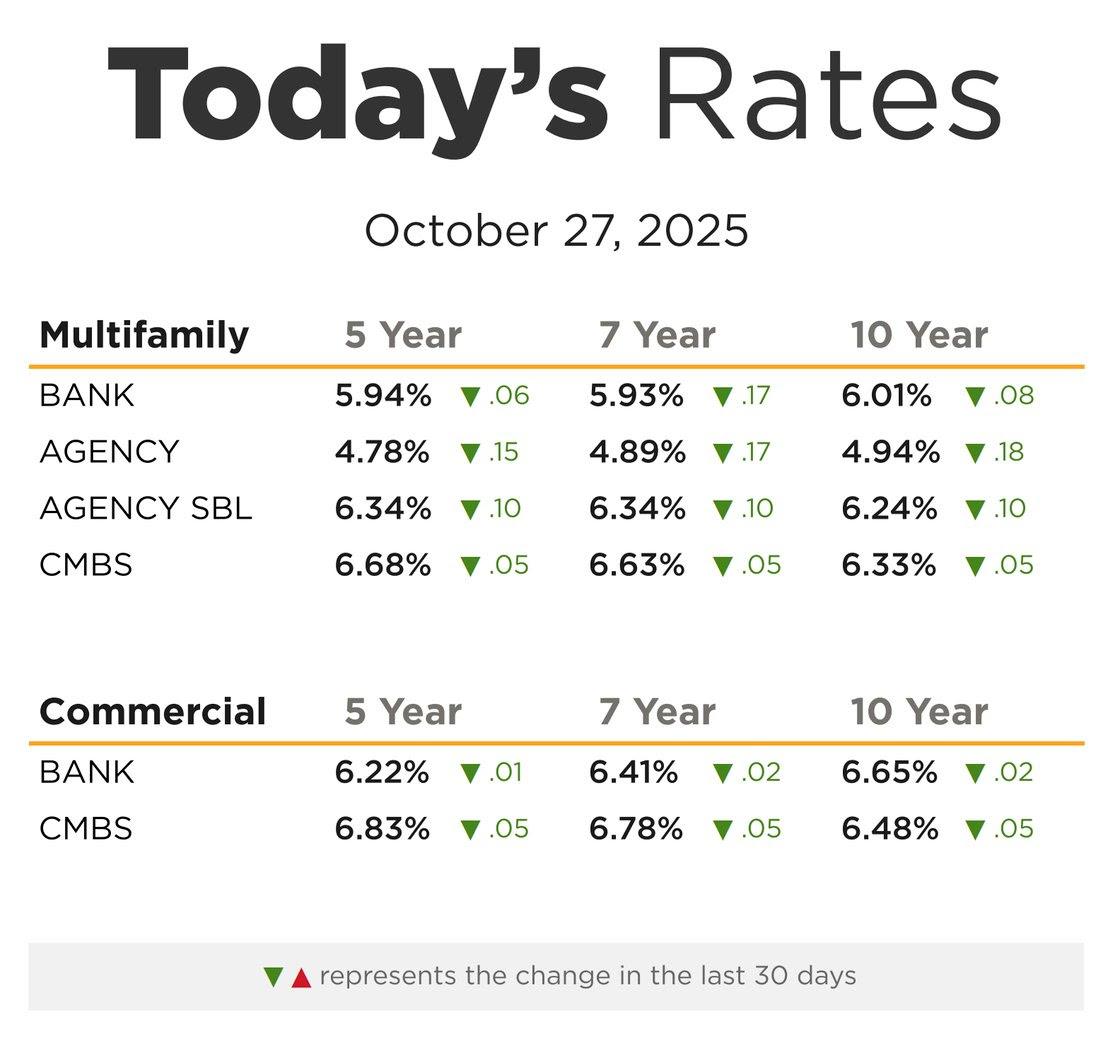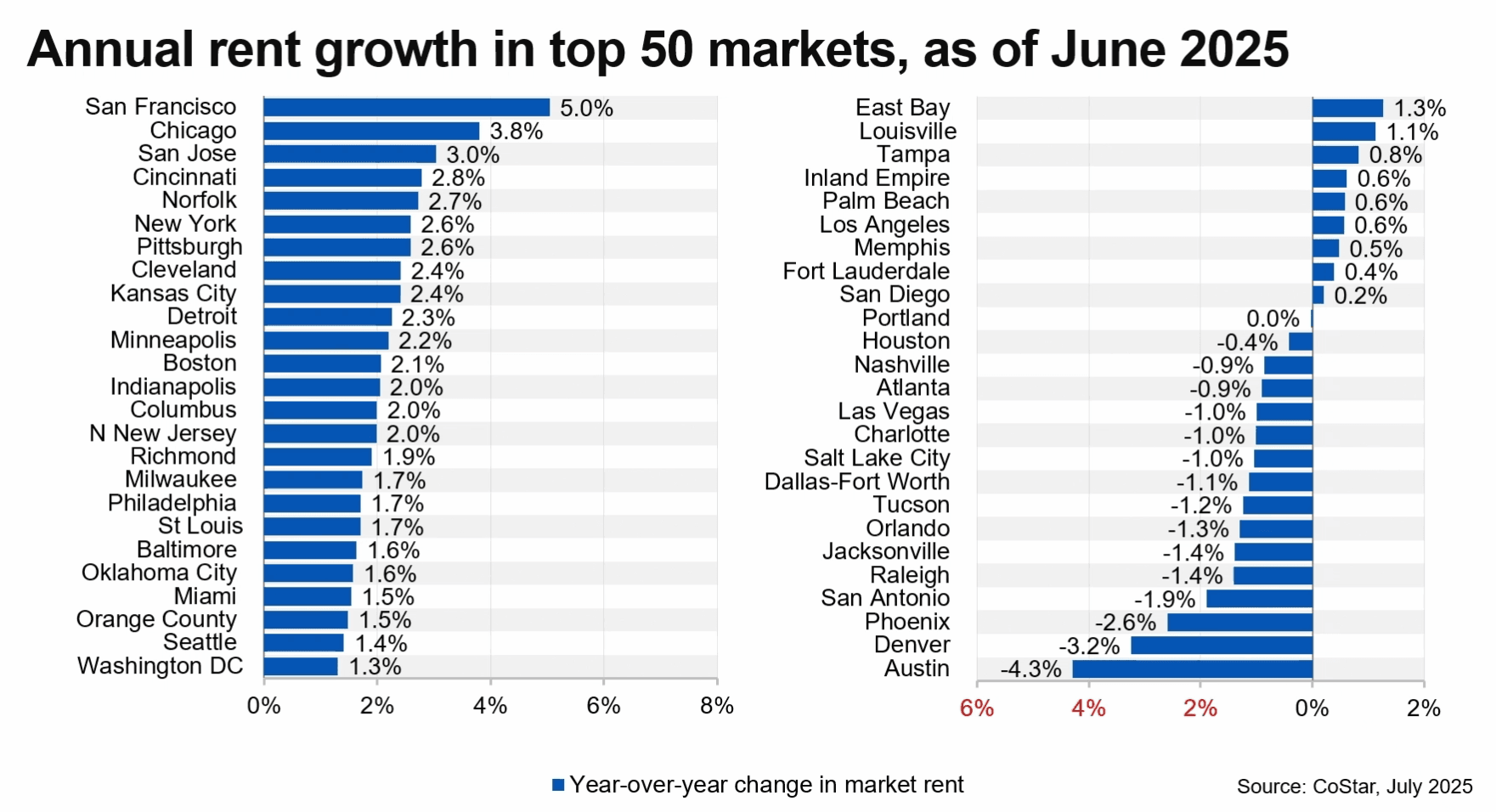Existing single-family home sales increased a modest 1 percent over 2017 as limited for-sale inventory kept the market from gaining traction. While many of the factors contributing to a restriction in sales velocity remain the same, changes to the tax code remove some of the incentives to homeownership, and anticipated interest rate increases this spring will bring additional challenges to the future of the housing market.
The increase in the standard deduction to $12,000 for singles and $24,000 for couples means fewer homeowners will realize a benefit from itemizing deductions on their taxes. The threshold home price at which itemizing offers the ability to lower a married couple’s tax liability has increased from about $200,000 to above $400,000, which is well above the median home price in most metros. Concerns about affordability and low savings rates will continue to drive demand for apartments as first-time homebuyers are largely affected.
Stronger economic growth could counter some challenges. Tax savings will flow through to individual tax payers, increasing take-home pay. While some will use this discretionary income to boost consumption, others may increase savings to purchase homes. Sales of new homes could help offset purchasing in the existing single-family home market. Last year, sales of new homes gained more traction, ending the year up 14.1 percent from 2016. However, the number of these homes that have yet to start construction continues to rise, reaching 32.6 percent of new-home sales in December. A construction backlog will benefit the rental market as those purchasing new homes extend stays in apartments.
First-time homebuyers accounted for 32 percent of purchases in December. The rate has bounced around the high-20 percent to the low-30 percent span since mid-2010 and will likely stay in this range through 2018, remaining well below the 41 percent long-term average.
The median existing single-family home price increased 5.8 percent over the last year to $248,100 in December, while the median new home price reached $331,400 after rising 2.5 percent annually. High land and materials costs, as well as a labor shortage, keep building concentrated in higher-end homes, and the spread between existing home prices and new home prices remains at one of its widest points.
In 2018, apartment completions will ease from the 380,000 units delivered in 2017 to 335,000 apartments. About half of all additions are concentrated in 10 markets, and vacancy will remain tight throughout much of the country this year.
Receive Market Insights
Periodic analysis on rents, pricing, cap rates, and transaction activity across Chicago and key suburban markets.




Join The Discussion